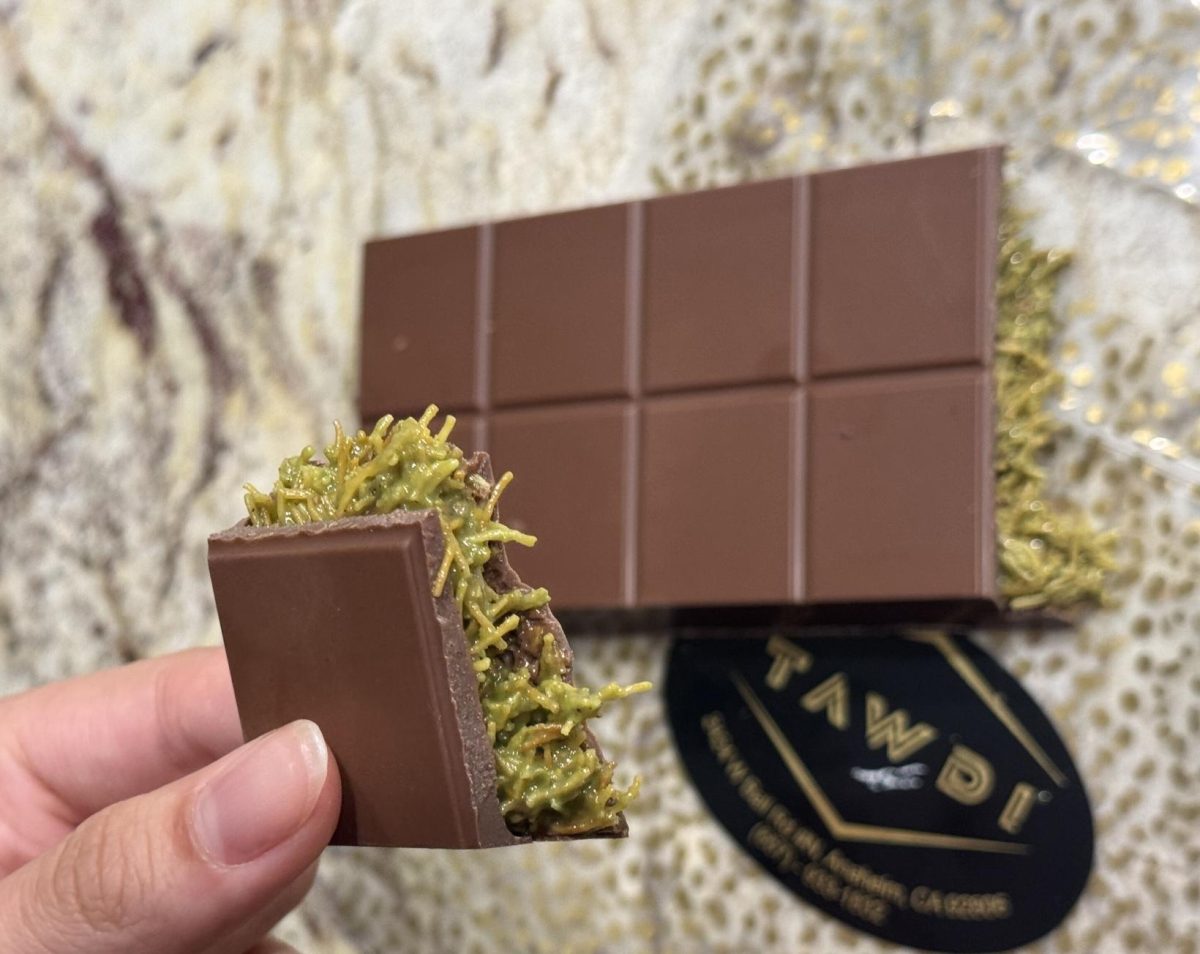For all high school students, one of the biggest challenges teenagers face daily is the feeling of missing happiness. Our entire lives, we subconsciously chase this feeling, this “happiness.” Although many have different internal meanings of happiness, the dictionary definition is “feeling or showing pleasure or contentment” or “having a sense of confidence or satisfaction.” This week, I listened to Mel Robbins speak on her podcast as she dove into the real science behind happiness.
First, it’s important to understand the difference between hedonic and eudaimonic happiness. Hedonic happiness is the more temporary momentary rush of happiness in an exciting moment. For example, the happiness felt at the peak of a roller coaster or while having a good laugh with a friend is a feeling of hedonic happiness. On the other hand, Eudaimonic happiness is a deeper sense of fulfillment and purpose within oneself. Eudaimonic happiness may come from spirituality, self-reflection, journalling, or internal mindset. It is not determined by temporary losses or wins, but instead a deep-rooted sense of peace. To live a balanced and meaningful life, both types of happiness are important to strive for.
True happiness sometimes feels extremely unattainable, but in reality, it’s much more simple than we think. Happiness is not a destination. We constantly tell ourselves, “When I have this, then I’ll be happy” or “If this happens to me, I won’t complain anymore.” However, I strongly agree with Robbins’ claim that nothing we hope for will ever truly bring us the unconditional and euphoric happiness we have told ourselves it will. The first secret to true happiness is believing we can be happy as we are currently.
Channeling more “hedonic” happiness is a simpler first step when entering this journey to true happiness. While being at inner peace is important, it is vital to make simply having fun a priority in our lives. Start putting yourself in situations and making plans that you know will give you this spark of hedonic happiness. Chelsey Natividad (11) says, “Sometimes, even if I’m not feeling like it, I will be intentional in making plans to get out and do things that make me happy.” Go to that amusement park, take that beach day, watch that movie. Doing something for your hedonic happiness can be as simple as listening to music or grabbing a drink from your favorite coffee shop. Whatever it may look like for you, start being intentional.
Developing a feeling of eudaimonic happiness on a deeper level is somewhat more difficult. Eudaimonic happiness comes from true peace and gratitude. An easy way to practice this is by listing gratitude. Although it may seem obvious, we often rush through our everyday lives without once taking a moment to give thanks and truly appreciate the life we have been given. No matter the circumstances, every person on this planet has something to be grateful for, and just mentally noting these things can truly change the trajectory of one’s mindset.
Research shows that fulfilling relationships is the number one factor of high eudaimonic happiness. Chelsey Natividad (11) notes that “making deeper connections with friends and family brings [her] a deeper joy in [her] everyday life.” In 2019, The National Library of Medicine held a study, proving that those with frequent contact with friends and family tested higher on the “happiness” scale (ncbi). Surrounding oneself with fulfilling friendships helps foster a sense of purpose, personal growth, and deeper connections. These meaningful relationships support this deeper eudaimonic happiness by further encouraging self-discovery and providing emotional support.
So, is there a secret to reaching true happiness? It is vital to find a balance between these exciting fun moments and a deeper confidence and satisfaction with life. The true secret to happiness lies in cultivating meaningful connections, embracing personal growth, and finding joy in the small moments.































Gabriela Chavez • Oct 24, 2024 at 7:55 AM
I like this article as it explains the differences of happiness’s as some people may not be aware and it explains ideas people can explore.